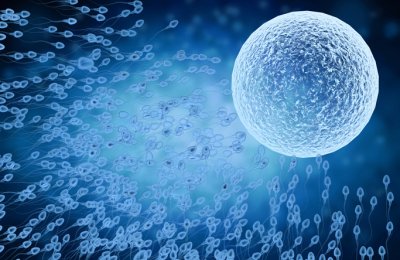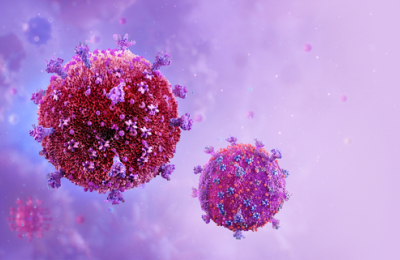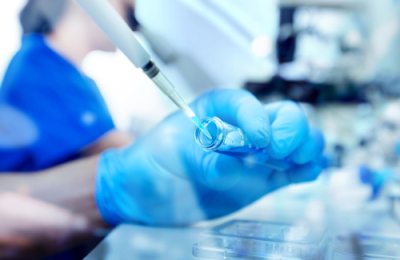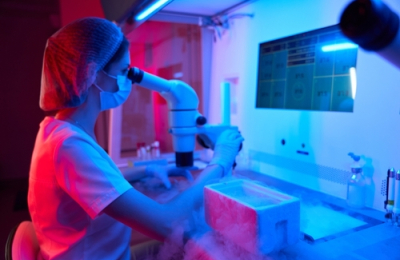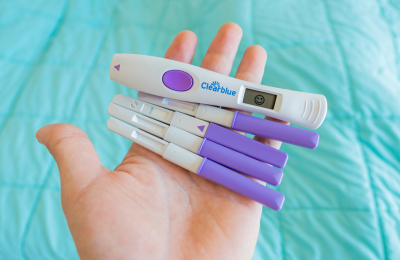
Scientists at Monash University, Australia, have made a breakthrough discovery regarding sperm motility following the application of ultrasound.
Sperm motility, crucial for egg fertilization during conception, measures the speed of sperm movement. The researchers observed that bursts of ultrasound waves led to a significant increase in sperm motility, with a more than three-fold improvement.
Ali Vafaie, a PhD candidate at Monash University and the study's lead author, highlighted the notable effects of ultrasound on sperm. "Ultrasound not only enhanced sperm swimming velocity but also elevated nearly two-thirds of low-grade sperm to a higher motility grade. Sperm with initially low motility showed the most substantial improvement," Vafaie explained.
Categorized into three groups based on motility—fast, slow, and non-progressive—sperm samples from three men were subjected to high-frequency ultrasound while confined in microdroplets under a microscope. The results revealed a 266 percent increase in sperm motility, with the proportion of fast-moving sperm rising from 26 percent to 48 percent. Notably, slow-moving sperm exhibited the most significant speed improvement, while the percentage of non-progressive sperm decreased from 38 percent to ten percent.
Remarkably, the ultrasound application had no discernible impact on sperm DNA.
In their paper published in Scientific Reports, the researchers hypothesize that ultrasound stimulates sperm mitochondrial activity, resulting in increased ATP production, which, in turn, boosts sperm motility.
Given that sperm immotility (asthenozoospermia) is a prevalent cause of male infertility, affecting one in 35 men and contributing to 30 percent of all infertility cases, even a modest ten percent increase in sperm motility can enhance pregnancy chances by eight percent.
Dr. Reza Nosrati, director of Monash University's Department of Mechanical and Aerospace Engineering, emphasized the potential implications of their findings for assisted reproduction. "By improving the motility of immotile sperm and enhancing the motility of already mobile sperm, we can help more patients meet the criteria for conventional IVF, avoiding the need for more invasive and costly procedures like intracytoplasmic sperm injection (ICSI)," Dr. Nosrati concluded.



























